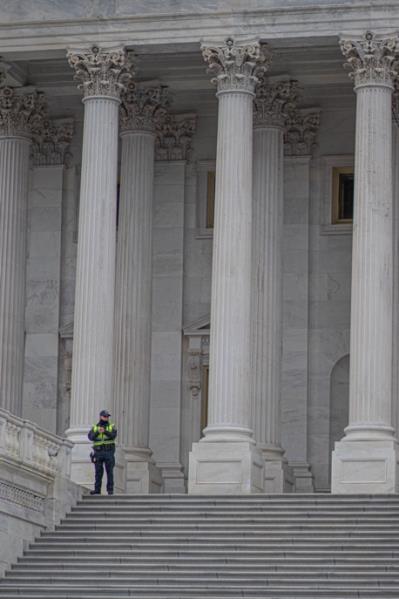
The ending of the recent term of the Supreme Court signaled new directions that the court is likely to take on social issues, with direct implications for religious freedom and the continuing culture wars, writes Mark Mousavian in a blog for First Things magazine (July 15, 2020). Debates about sexuality, gender, and equality often lurk in the background of the Court’s religious liberty cases, even when the cases do not address those topics expressly. This was certainly the case with Bostock v. Clayton County, where the Court held by a vote of 6-3 that Title VII of the 1964 Civil Rights Act, which forbids employment discrimination based on “sex,” covers homosexual and transgender status. Both critics and defender noted how the case, putting sexual behavior and gender identity on the same footing with biological sex, will likely leave the door open to further disputes about the meaning of sexual discrimination in the workplace. In the decision, Justice Gorsuch did note that religious freedom would be protected in applying such strictures.
Mousavian adds that second ruling, Our Lady of Guadalupe School, in which teachers at Catholic schools claimed to be the victims of illegal age and disability discrimination, “was a clear application of an earlier landmark case known as Hosanna-Tabor. In a decision by Justice Alito,  the Court reaffirmed the ministerial exception and held that it covers church personnel regardless of their formal titles, as long as the personnel perform functions the exception is meant to shield from state control.” A similar ruling in the third case involving Little Sisters of the Poor v. Pennsylvania, the latest in the long-running contraception mandate litigation, also provides a measure of religious freedom to believers dissenting from practices they see as conflicting with their faith. Mousavian concludes that in one way or another, the cases reflect the “wider cultural conflict between progressives and the traditionally religious on the meaning and consequences of equality—especially with respect to sexuality and gender. Taken together, they suggest the Court is prepared to acquiesce to the dominant progressive consensus while allowing religious institutions some space to dissent.”
the Court reaffirmed the ministerial exception and held that it covers church personnel regardless of their formal titles, as long as the personnel perform functions the exception is meant to shield from state control.” A similar ruling in the third case involving Little Sisters of the Poor v. Pennsylvania, the latest in the long-running contraception mandate litigation, also provides a measure of religious freedom to believers dissenting from practices they see as conflicting with their faith. Mousavian concludes that in one way or another, the cases reflect the “wider cultural conflict between progressives and the traditionally religious on the meaning and consequences of equality—especially with respect to sexuality and gender. Taken together, they suggest the Court is prepared to acquiesce to the dominant progressive consensus while allowing religious institutions some space to dissent.”
(First Things, https://www.firstthings.com/web-exclusives/2020/07/the-roberts-court-attempts-a-compromise)